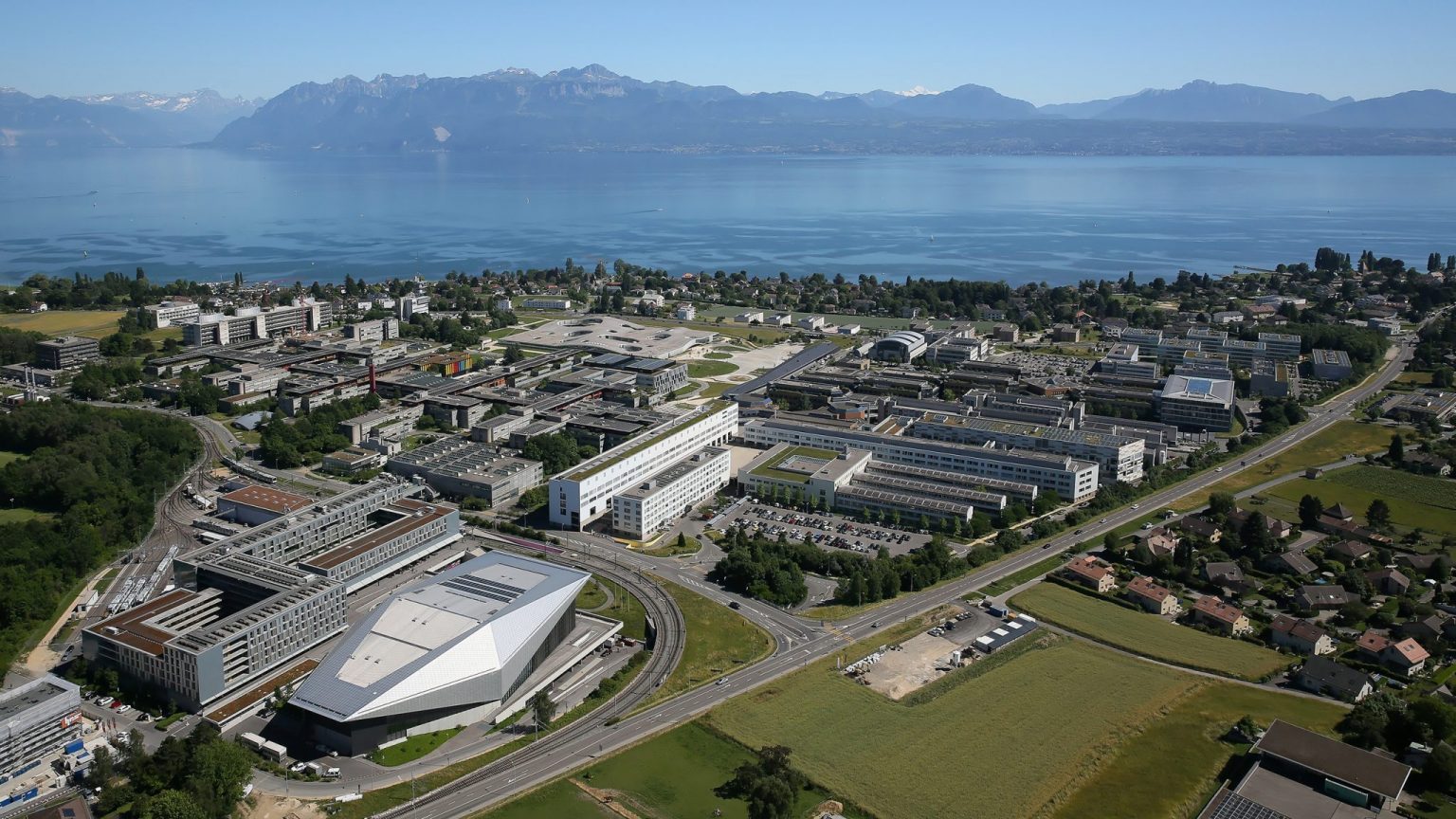The Swiss Federal Institute of Technology (Eidgenössische Technische Hochschule Zurich (ETH Zurich or ETHZ) has been existing since 1911.
It was founded as a polytechnical institute (eidgenössische polytechnische Schule) in 1855 with a few departments: architecture, civil- and mechanical engineering, chemistry and forestry.
The ETH Zurich (not to confuse it with the cantonal University of Zurich) consists of sixteen departments today, some of which are among the world’s most prestigious institutes.

L’École polytechnique fédérale de Lausanne (EPFL). Foto: L’Ecole polytechnique fédérale de Lausanne (EPFL)
The École Polytechnique Fédérale de Lausanne (EPFL) is the successor of the institute that was founded in 1853. The university got its present-day name and status in 1969.
The country’s rapid industrialisation, its permanent innovation, its development of railways, road networks, tunnels and bridges over the past one and a half-century would not have been possible without these two institutions.



